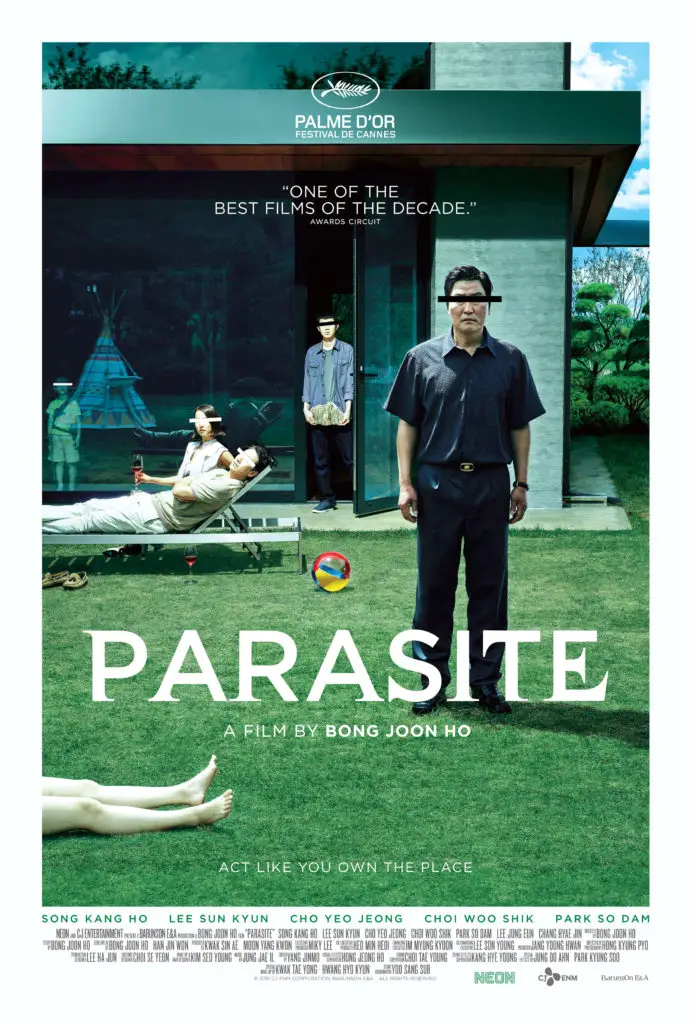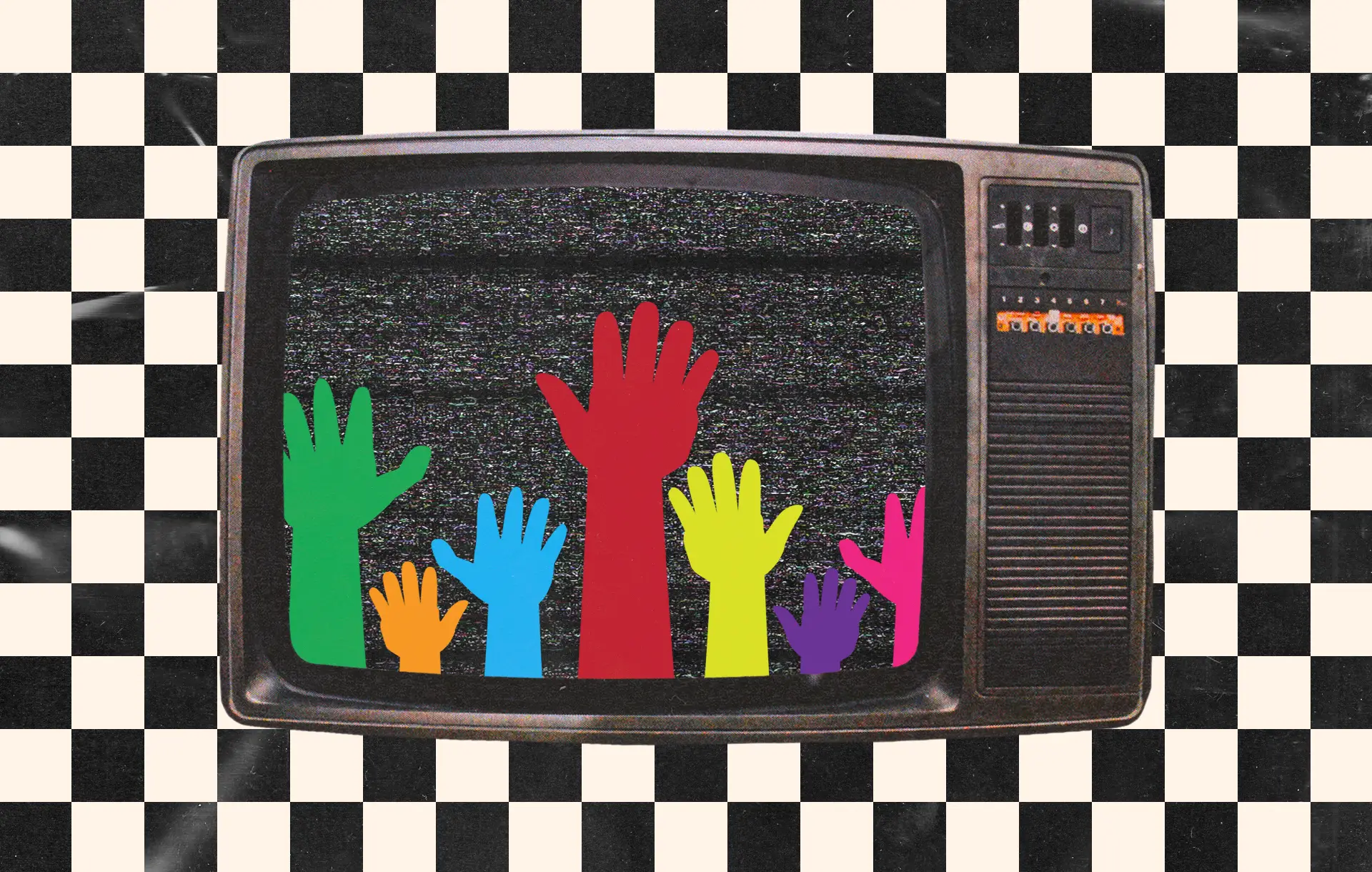Diversity, inclusion, equality, and cultural representation were merely words until it became the lifeline of Hollywood when the #MeToo movement shed light on the industry’s decades-long toxic culture and environment in 2018. Since then, the industry has done monumental changes to transform the system to bring social issues as well as underrepresented communities to the forefront of storytelling.
This movement has paved the way for Black, Indigenous, and People of Color (BIPOC) voices and stories to shine, celebrate vibrant cultures, better the lives of the oppressed. It has brought us award-winning films such as Green Book (2018), Crazy Rich Asians (2018), Black Panther (2018), Parasite (2019), Just Mercy (2019), Minari (2020), Shang-Chi and The Legend of The Ten Rings (2021), Encanto (2021) among others.

Let’s take an in-depth look into the revolutionary changes, progress, and issues that have transpired and are still yet to be improved in the entertainment industry.
Standing in Solidarity
Lack of diversity, gender inequality, and toxic work culture and environment are some of the most pressing issues that many industries, especially in male-dominated ones, have been struggling with for years. A huge part of why this system has persisted is due to the fact that many are silenced and conditioned to accept what is given to them instead of having a seat at the table to fight for what they deserve.
In order to rightfully change the system, we must thoroughly understand what these concepts mean in the first place. Firstly, diversity is a practice of having a good combination of people in the workplace coming from various age groups, religions, sexual orientation and preferences, cultures, and disabilities hailing from all walks of life. Secondly, equality is a state of being treated fairly and having access to the same rights and opportunities regardless of sex, gender, race, and age. Lastly, inclusion is the act of making people feel valued, accepted, and heard especially those who are coming from marginalized communities or minority groups.
All these concepts work together to stop harassment, discrimination, and oppression and ultimately bring overall growth, satisfaction, and success on a personal and organizational level. When a workplace practices and promotes equal opportunities, diversity, and inclusion, a company will thrive in unimaginable ways because of the collective work of people who have unique perspectives, experiences, and backgrounds.
All these concepts work together to stop harassment, discrimination, and oppression and ultimately bring overall growth, satisfaction, and success
This is especially important in the entertainment industry because it allows creatives to utilize a powerful medium to make a positive impact on not one but thousands of lives through storytelling. Seeing your respective culture, race, or sexual orientation portrayed on screen will allow us to understand ourselves and others better, to have more compassion towards those who are different from us, and to free ourselves from conforming to the harmful standards that the media has imposed on us at an early age. Furthermore, BIPOC creatives and filmmakers are finally given the opportunity to shine and showcase their talents whether as a director, producer, or writer.
When South Korean Director Bong Joon Ho made history at the Academy Awards with his extraordinary film, Parasite (2019), it was a huge turning point for international filmmakers and stories to get recognition in the big leagues. It also proved how much we still needed to know about the rich world, people, and narratives that existed beyond the borders. It also opened doors to BIPOC filmmakers such as Chloé Zhao who won an Academy Award for Nomadland (2020) and was chosen to direct Marvel’s Eternals (2021), a tentpole superhero film that has always been led by men in the industry. We’ve also seen TV shows that are finally able to celebrate people with disabilities and the LGBTQ+ community such as Queer Eye (2018), Sex Education (2019), Special (2019), and Love, Victor (2020) to name a few. Furthermore, some prestigious film festivals such as Sundance, SXSW, and Cannes have also pledged to diversify their programs to support BIPOC and women filmmakers.
In 2021, the University of California Los Angeles (UCLA) released its annual Diversity Report which analyzes “461 scripted broadcast, cable, and digital platform television shows from the 2019-20” to determine how the culture in Hollywood has improved, what kind of stories have how women and BIPOC are represented and given opportunities to work in front of and behind the camera.
The report analyzed above-the-line positions such as lead actors, total cast, writers and directors. “All four job categories showed progress in 2020, but women and people of color are still underrepresented in critical behind-the-camera jobs. Women made up just 26% of film writers and just 20.5% of directors. Combined, minority groups were slightly better represented as directors at 25.4%. Just 25.9% of film writers in 2020 were people of color. In 2020, nearly all of the films with a female director also featured a female lead (94.7%). Films directed by minorities had the highest level of cast diversity. And 78.3% of films directed by people of color featured minority leads.”
Proper Representation
On the other hand, diversity and proper representation in films is important because it has an immense impact not only on the lives of their creators but also on their viewers. Asian, Latinx, and Black minority groups rarely saw themselves in the characters and stories that they grew up watching. Therefore, their minds were conditioned to accept the (harmful) societal standards that mainstream media has popularized. Young viewers who belonged to marginalized communities were led to believe that they had to look a certain color or act a particular way to become accepted by society. This is extremely damaging to a person who hasn’t fully developed their identity and self-esteem.
Kira M. Newman’s article published by Berkeley’s Greater Good Magazine featured researchers Gerald Higginbotham and Yalda Uhls to discuss the report they conducted on diversity and inclusion in films. The researchers at the Center for Scholars & Storytellers emphasized that it’s simply not enough that a film has a diverse cast to consider it successfully diverse and inclusive. For a film to be authentically considered as such it must have a great “knowledge of the culture, it takes experiences of the culture, and being able to translate that in a way that’s both entertaining and realistic.”
These diverse characters must be able to actually add to the conversation, thoroughly understand the culture they are representing, and portray it genuinely and truthfully. Stories should also be written and made by people who belong to the community and experienced the culture first-hand. So, this is why giving BIPOC filmmakers or consultants a seat at the table is crucial because they know how to tell the story better than anyone else.
Hollywood in the past years, there is still a lot of work to be done
While there were massive changes and improvements in regards to diversity, equality, and inclusion in Hollywood in the past years, there is still a lot of work to be done to bring the numbers up, secure more funding for social impact and BIPOC stories, and fully eradicate the toxic environment and politics that the entertainment industry has normalized. However, the industry is already showing signs that it is headed in the right direction of progress as well as the right side of history.
The future generation of filmmakers should strive hard and make it their mission to use their talent and privilege to give underrepresented communities a voice and let their stories make the world a better place. As for the decision-makers and influencers, they have a huge responsibility to make choices that will continue to champion and create bigger opportunities for marginalized filmmakers because that’s the only way we can truly mend the past and build a better tomorrow for storytelling, storytellers, and their audiences.




